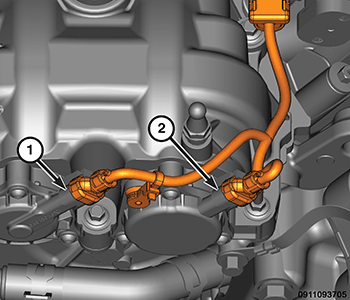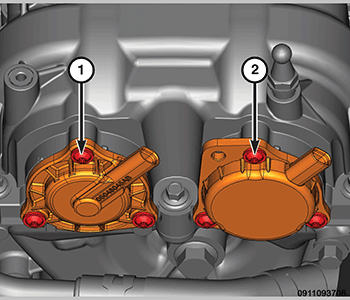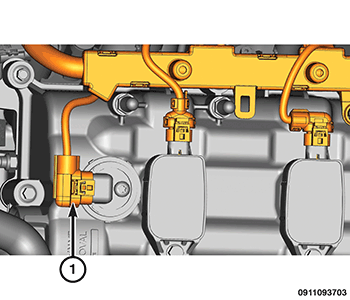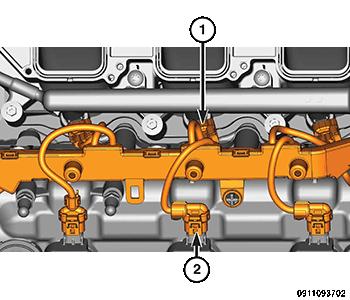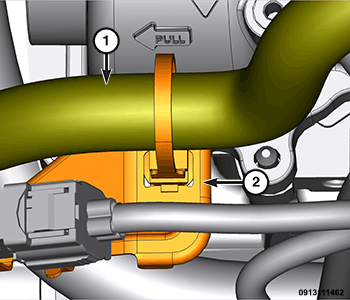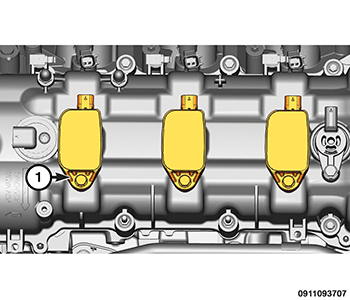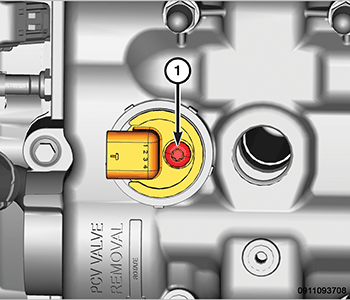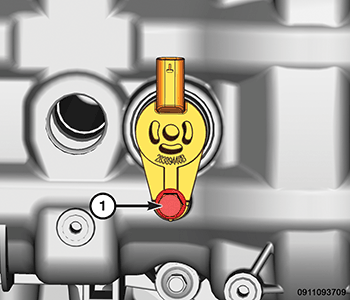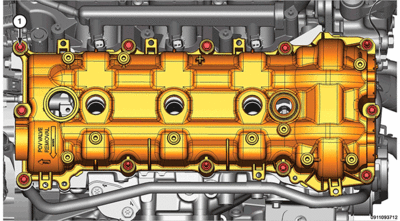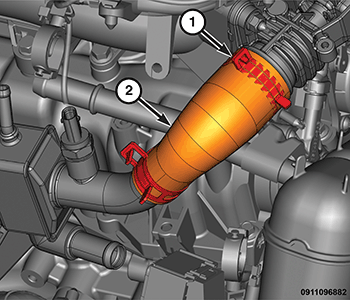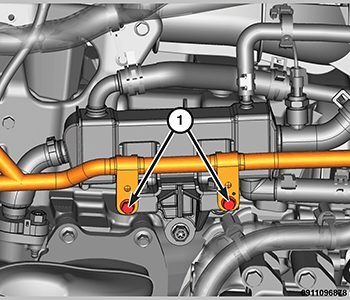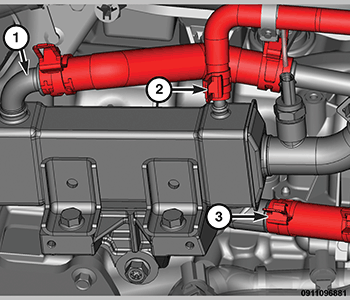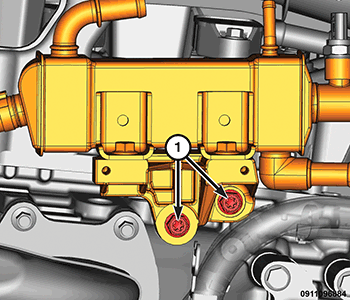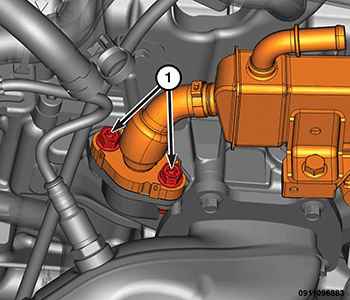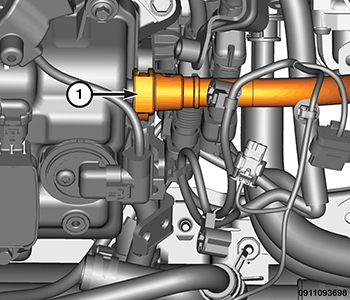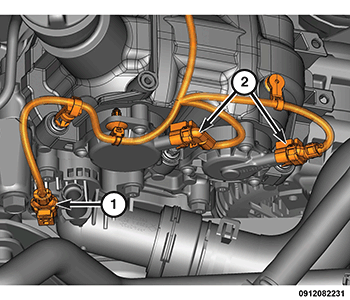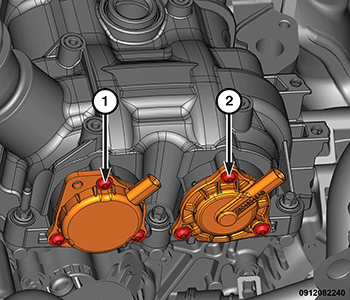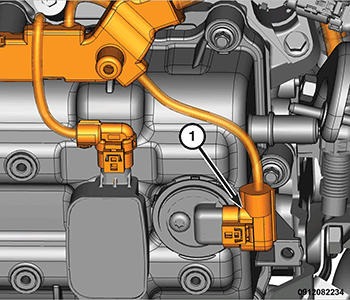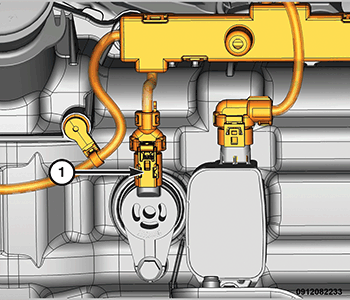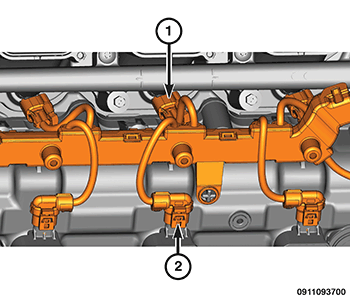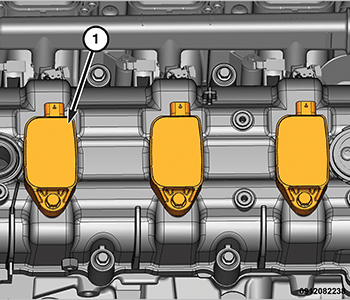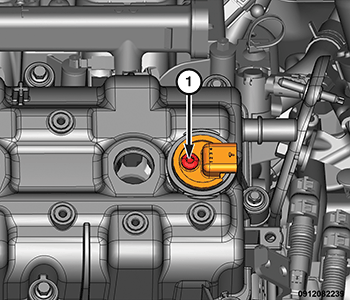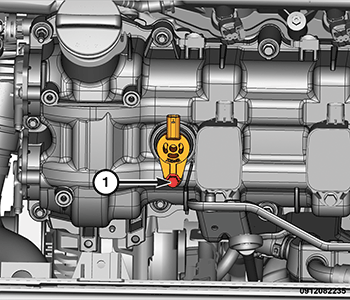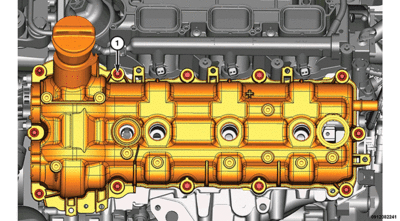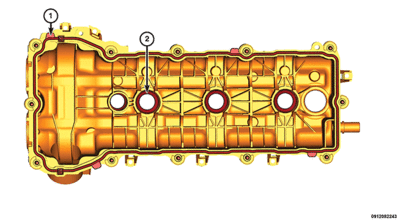Update: To spare folks reading the entire thread, the problem was the high lift lobe on cyl #5 was wiped.
Over the weekend I was accelerating off the line hard with my 2017 DDGT and noticed a rattle/light rapid knocking. I thought it was rod knock but to me it seems like maybe valvetrain related. I have 96kmiles, no codes, oil pressure and oil is good (even changed it again and checked filter for signs of metal debris...all good) and it seems the rattle only occurs on hard acceleration (maybe VVL related?).
When the engine is cold you can hear the rattle with easy but when warm it is harder to notice...or so I thought. Pulled into work this morning and rolled the window down to record the noise. In the vid I am in park and stab the gas (3000rpm limit...that is usually the transition point for oil pressure to jump to ~70psi) and you can hear the noise. I then put in reverse and then drive while holding the brake (unfortunately engine does not hit 3000rpm) and the noise seems to go away...although RPMs are lower. I then put it back in park and stab the gas one last time. At idle there is no tick or knock but need to get a stethoscope to confirm.
Engine runs fine but when you accelerate hard you get the noise as far as I can tell. This one definitely has me guessing but I am pretty confident it is not rods, maybe VVL or oil pump when it kicks into high pressure mode? What do you guys think?
Over the weekend I was accelerating off the line hard with my 2017 DDGT and noticed a rattle/light rapid knocking. I thought it was rod knock but to me it seems like maybe valvetrain related. I have 96kmiles, no codes, oil pressure and oil is good (even changed it again and checked filter for signs of metal debris...all good) and it seems the rattle only occurs on hard acceleration (maybe VVL related?).
When the engine is cold you can hear the rattle with easy but when warm it is harder to notice...or so I thought. Pulled into work this morning and rolled the window down to record the noise. In the vid I am in park and stab the gas (3000rpm limit...that is usually the transition point for oil pressure to jump to ~70psi) and you can hear the noise. I then put in reverse and then drive while holding the brake (unfortunately engine does not hit 3000rpm) and the noise seems to go away...although RPMs are lower. I then put it back in park and stab the gas one last time. At idle there is no tick or knock but need to get a stethoscope to confirm.
Engine runs fine but when you accelerate hard you get the noise as far as I can tell. This one definitely has me guessing but I am pretty confident it is not rods, maybe VVL or oil pump when it kicks into high pressure mode? What do you guys think?




